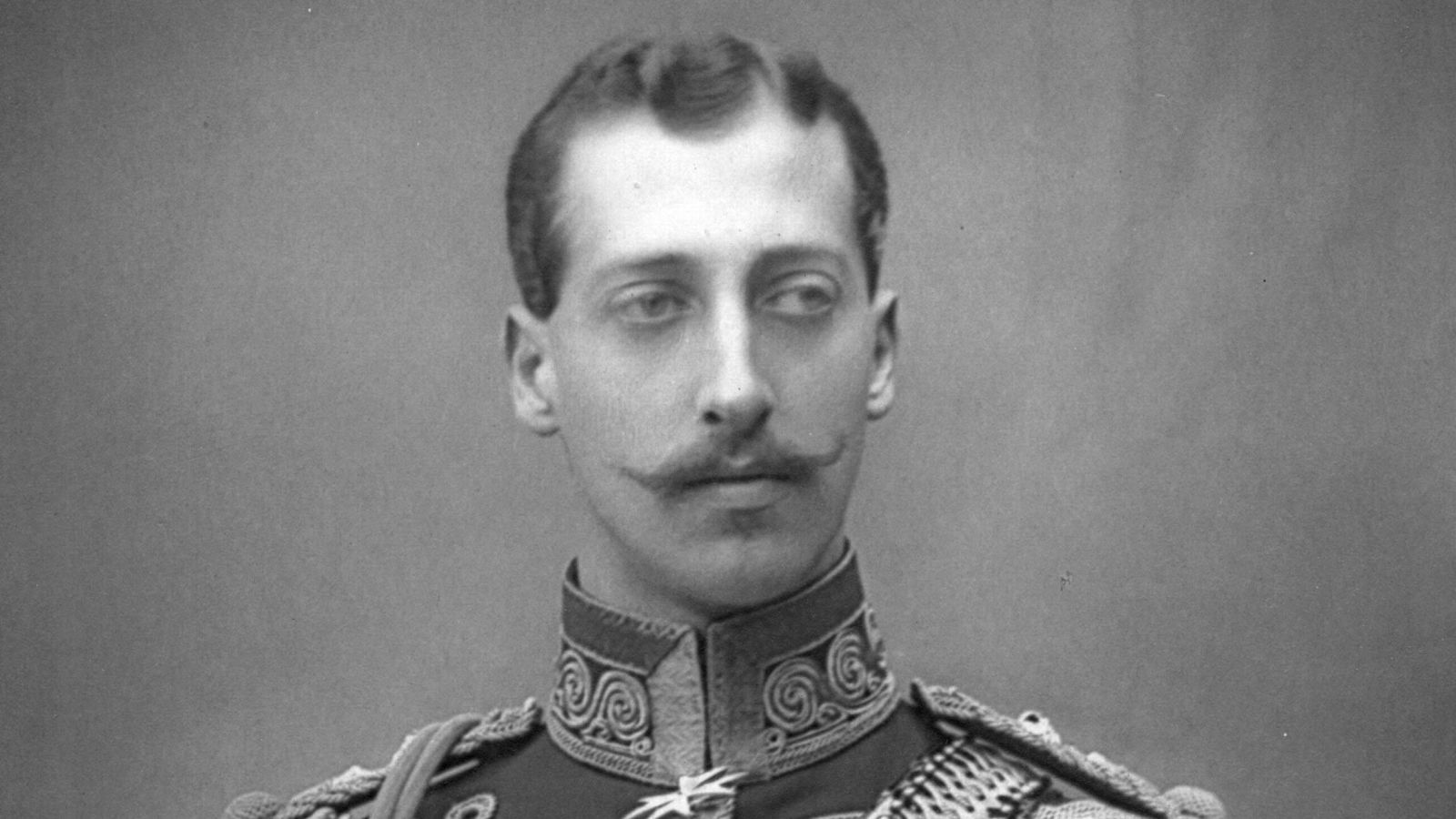- Royals live a life of luxury and power
- But even royalty isn't immune to pandemics
- This is a history of royals and pandemic disease
Diseases and pandemics are as old as civilization itself and, by extension, older than even the Royal Family.
However, the royals have been very privileged throughout history, so one would think that they were not affected by the troubles of the less fortunate.
But this is not the case. There are three instances of mass plagues across Europe in which the Royal Family was directly impacted.
Historical pandemics that hit the British Royal Family
The bubonic plague: The famous "black plague" left millions dead in cities across Europe. The very aggressive disease brutally attacked victims and spread rapidly with no cure at the time.
The plague is thought to have claimed at least 25 million lives over a period of about 10 years after its outbreak in 1334.
In 1348, the King of England, Edward III, lost his 13 year old daughter to the disease. Almost 50 years later, his grandson, King Richard II, suffered similar grief when his wife, Queen Anne of Bohemia, died of the same disease.
Also interesting:
Smallpox: Although the Black Death never completely disappeared, it was moderately wiped out after a while.
This paved the way for the next disease, even more lethal than the previous one and incredibly contagious: smallpox.
King Edward VI suffered from smallpox when he was just 14 years old. Although he managed to recover, his immune system suffered greatly and he died two years later of tuberculosis.
This eventually led to the throne being taken by Queen Elizabeth I, who would later battle smallpox as well.
From plague and smallpox to the 1918 influenza
Influenza: A variant of this same disease remains active to this day, being comparable to the current COVID-19.
In England in particular, the epidemic worsened over time, coming in three "waves." It was in the third and worst phase of the epidemic that Queen Victoria's grandson, Prince Albert Victor, died within a week of contracting the disease.
This caused his younger brother to gain the throne. In addition, the Queen was clinically depressed because of her husband's passing, so it only made the situation worse to learn that her grandson had died.
But the epidemic was about to begin. Three decades later came the well-known "Spanish flu." This 1918 flu affected up to a third of the world's population, taking 55 million lives.
Even so, King George V, who held the throne at the time, managed to survive the disease...
See more in the video above.








